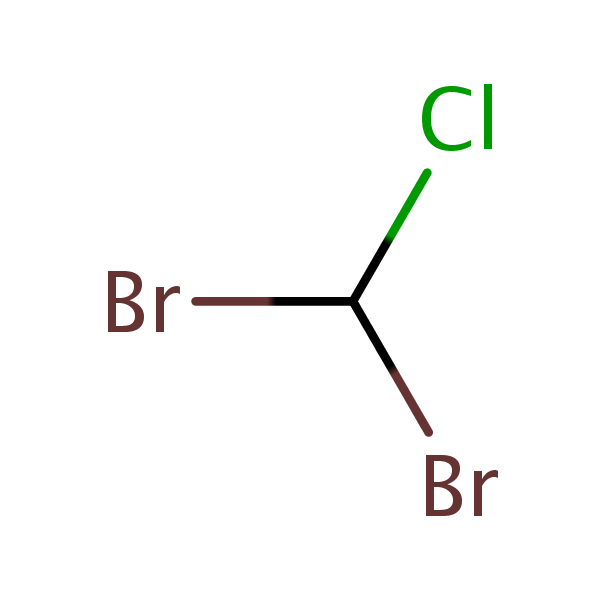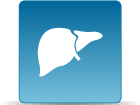Dibromochloromethane
CASRN 124-48-1 | DTXSID1020300
- IRIS Summary (PDF) (13 pp, 116 K)
On this page:
Noncancer Assessment
Reference Dose for Oral Exposure (RfD) (PDF) (13 pp, 116 K) Last Updated: 09/30/1987
| System | RfD (mg/kg-day) | Basis | PoD | Composite UF | Confidence |
|---|---|---|---|---|---|
| Hepatic | 2 x 10 -2 | Hepatic lesions |
NOEL
:
2.14
x 101
mg/kg-day |
1000 | Medium |
Reference Concentration for Inhalation Exposure (RfC) (PDF) (13 pp, 116 K)
Not assessed under the IRIS Program.
Cancer Assessment
Weight of Evidence for Cancer (PDF)
(13 pp, 116 K)
Last Updated: 01/01/1992
| WOE Characterization | Framework for WOE Characterization |
|---|---|
| C (Possible human carcinogen) | Guidelines for Carcinogen Risk Assessment (U.S. EPA, 1986) |
- Based on inadequate human data and limited evidence of carcinogenicity in animals; namely, positive carcinogenic evidence in B6C3Fl mice (males and females), together with positive mutagenicity data, and structural similarity to other trihalomethanes, which are known animal carcinogens.
- This may be a synopsis of the full weight-of-evidence narrative.
Quantitative Estimate of Carcinogenic Risk from Oral Exposure (PDF) (13 pp, 116 K)
Oral Slope Factor:
8.4
x 10-2
per mg/kg-day
Drinking Water Unit Risk:
2.4
x 10-6
per µg/L
Extrapolation Method: Linearized multistage procedure, extra risk
Tumor site(s): Hepatic
Tumor type(s): Hepatocellular adenoma or carcinoma (NTP, 1985)
Quantitative Estimate of Carcinogenic Risk from Inhalation Exposure (PDF) (13 pp, 116 K)
Not Assessed under the IRIS Program.
Other EPA Information
- Human Health Benchmarks for Pesticides (HHBP). This database provides human health benchmarks for pesticides that may be present in drinking water.
- Office of Pesticide Programs Pesticide Chemical Search. This database provides links to health effects information and registration status for pesticides.
- Chemistry Dashboard. This database provides information on chemical structures, experimental and predicted physicochemical, and toxicity data.
Critical Effects
Tumor Sites
Chemical Structure

Synonyms
- Chlorodibromomethane
- Dibromochloromethane
- Dibromomonochloromethane
- Methane, dibromochloro-
- Monochlorodibromomethane
- 124-48-1


